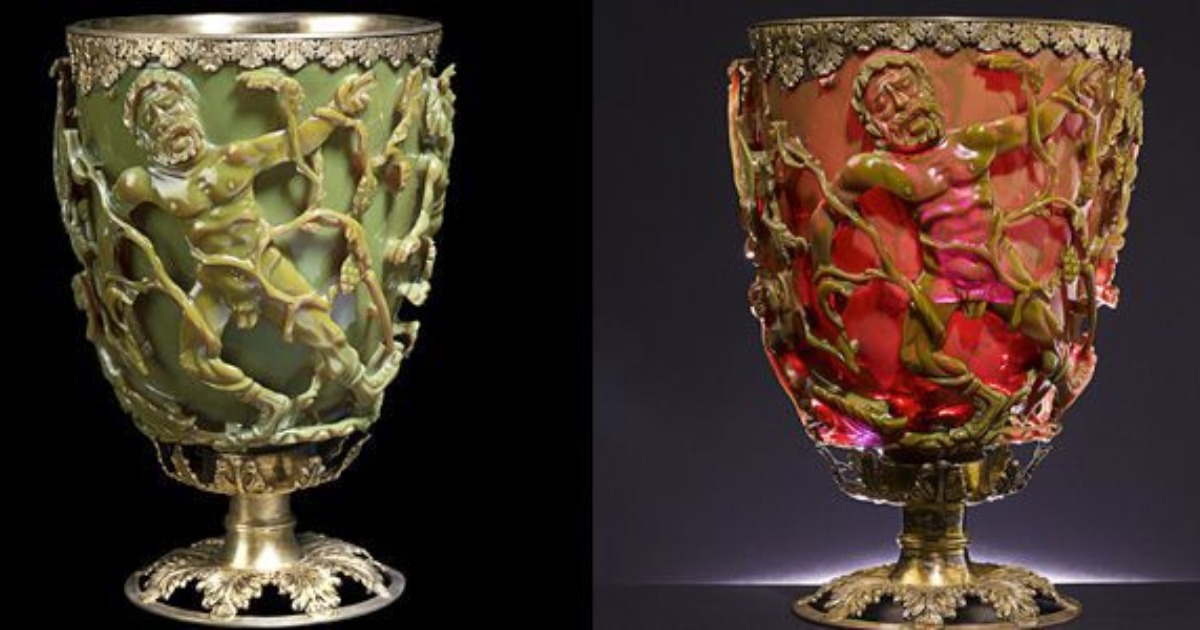The Lycurgus cup is one of the most fascinating artifacts from antiquity. There are many different structures and artifacts from the ancient world that leave modern people astonished at their sophistication. How humans who apparently lacked our modern understanding of science created things like Stonehenge or the pyramids seems fascinating and mysterious.
Those moments of amazement at the wonders of ancient creativity and engineering aren’t limited to large items; there are smaller things that are just as astonishing. One of those small things is a Roman artifact from the 4th century AD, known as the Lycurgus Cup.
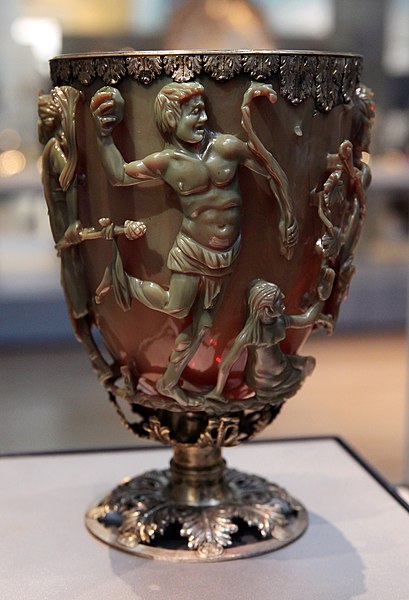
The cup is a glass cage cup, but what makes it a real marvel is the fact that it looks jade green when lit from the front, but if it’s lit from behind it looks blood red. How is this possible? The cup was created using the earliest-known example of applied nanotechnology.
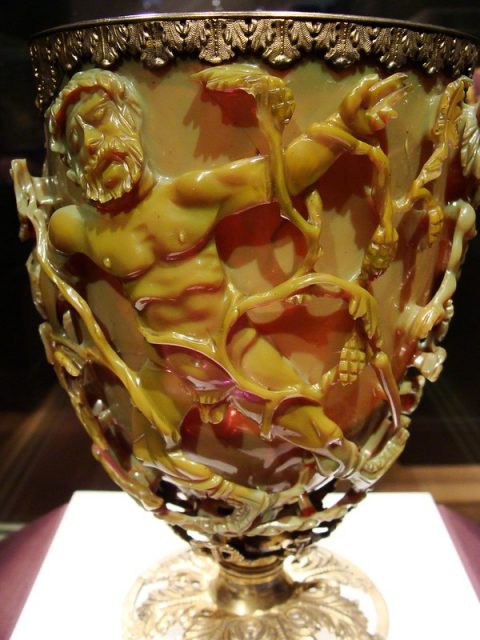
The Lycurgus Cup is made out dichroic glass (literally, two-colored). In the case of the cup, the molten glass was impregnated with tiny particles of silver and gold that make the glass appear to be different colors as the light hits the bits of metal within the glass.
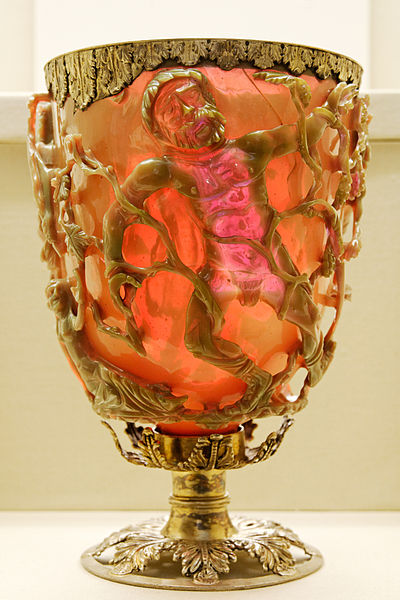
According to a story in Smithsonian magazine, the particles in the glass had been pulverized until they were only about 50 nanometers in diameter. To offer a sense of just how small that is, the particles were less than one thousandth the size of a grain of table salt. That the cup’s creators managed the effect so precisely is nothing short of stunning.
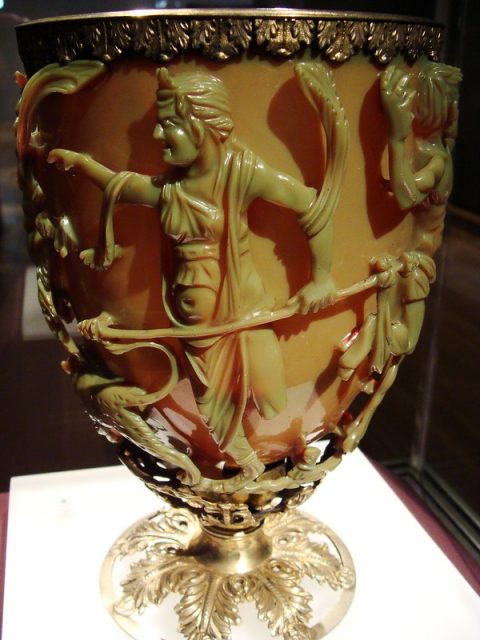
The simplest way to explain how the effect works is that when light hits the flecks of metal in the glass, their electrons vibrate in different ways. Those vibrations only partially reflect the light passing through it, creating the two-color effect. Gang Logan Liu, an engineer from the University of Illinois in Champaign-Urbana, the type of fluid the cup was filled with could also affect the vibrations of the electrons, thus impacting the perceived color of the cup.
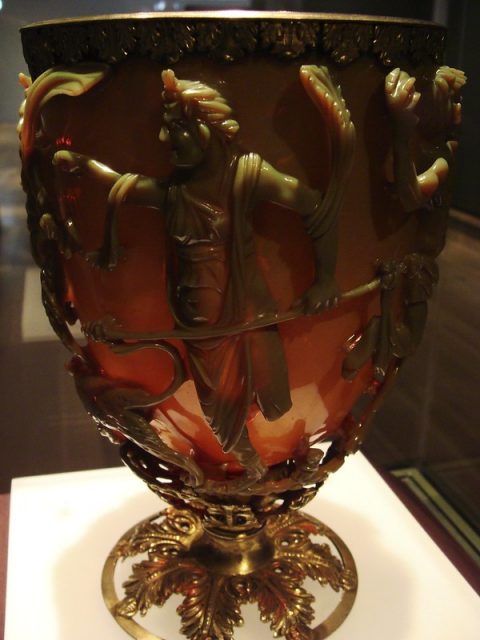
Researchers wanted to test the idea, but were unable to actually use the cup, itself, so they created a test environment by putting billions of tiny wells into a plastic sheet and spraying them with silver of gold nanoparticles. They then filled the wells with a number of different liquids to see what impact they had on the colors of the wells.
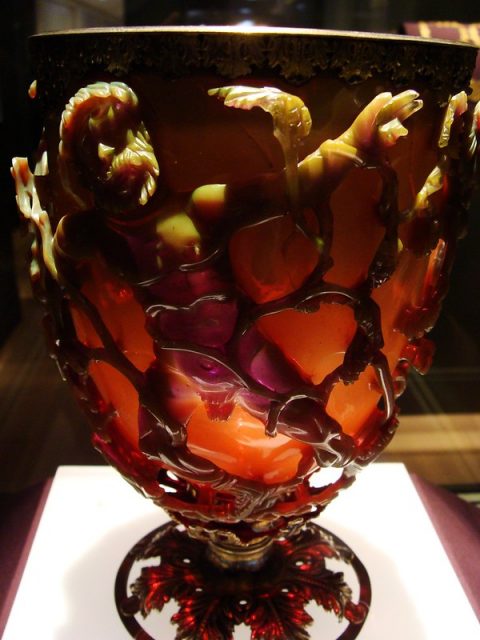
They observed that the fluids did have an influence on color. Water created a light green color, for instance, whereas oil created red. The hope is that there may be practical uses that are broader than mere decoration for technology of this type.
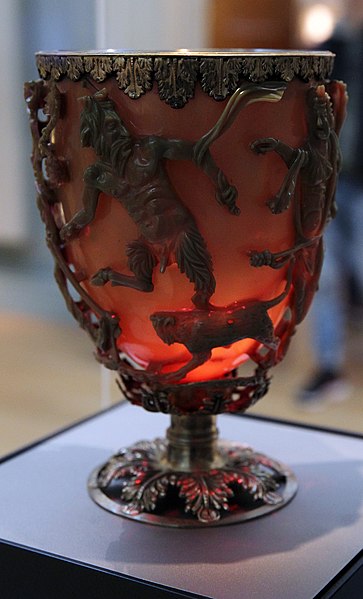
The model they created proved to be 100 more sensitive than modern sensors to changes in amounts of salt in solutions, something which could prove useful in the future for helping to detect pathogens, or to help keep potential terrorists from bringing dangerous liquids on airplanes.
The nanotech used in creating the cup was abandoned for over a millennium and half, and wasn’t really picked up again until the 1980s, largely because the tools necessary to do much with the tech didn’t really exist yet. NASA started working with dichroic glass in the ‘50s and ‘60s, but they created it with a process that involved vaporizing different metals in a vacuum chamber and applying the resulting nanoparticles directly to the surface of the glass in a thin film.
The coating is clear to the human eye, but the resultant glass could help protect against the unfiltered radiation from the sun that astronauts and their ships are exposed to. Today, dichroic glass is common in the decorative arts, especially with regard to things like art glass, creating optical filters, and jewelry, although the process for creating it is still vastly different than the methods used to create the Lycurgus Cup.
Related Article: Actual Eggs from the Roman Empire Found Complete with Rotten Stench
It will be fascinating if the techniques used by those Roman glassworkers 1600 years ago are resurrected and applied for modern use.
